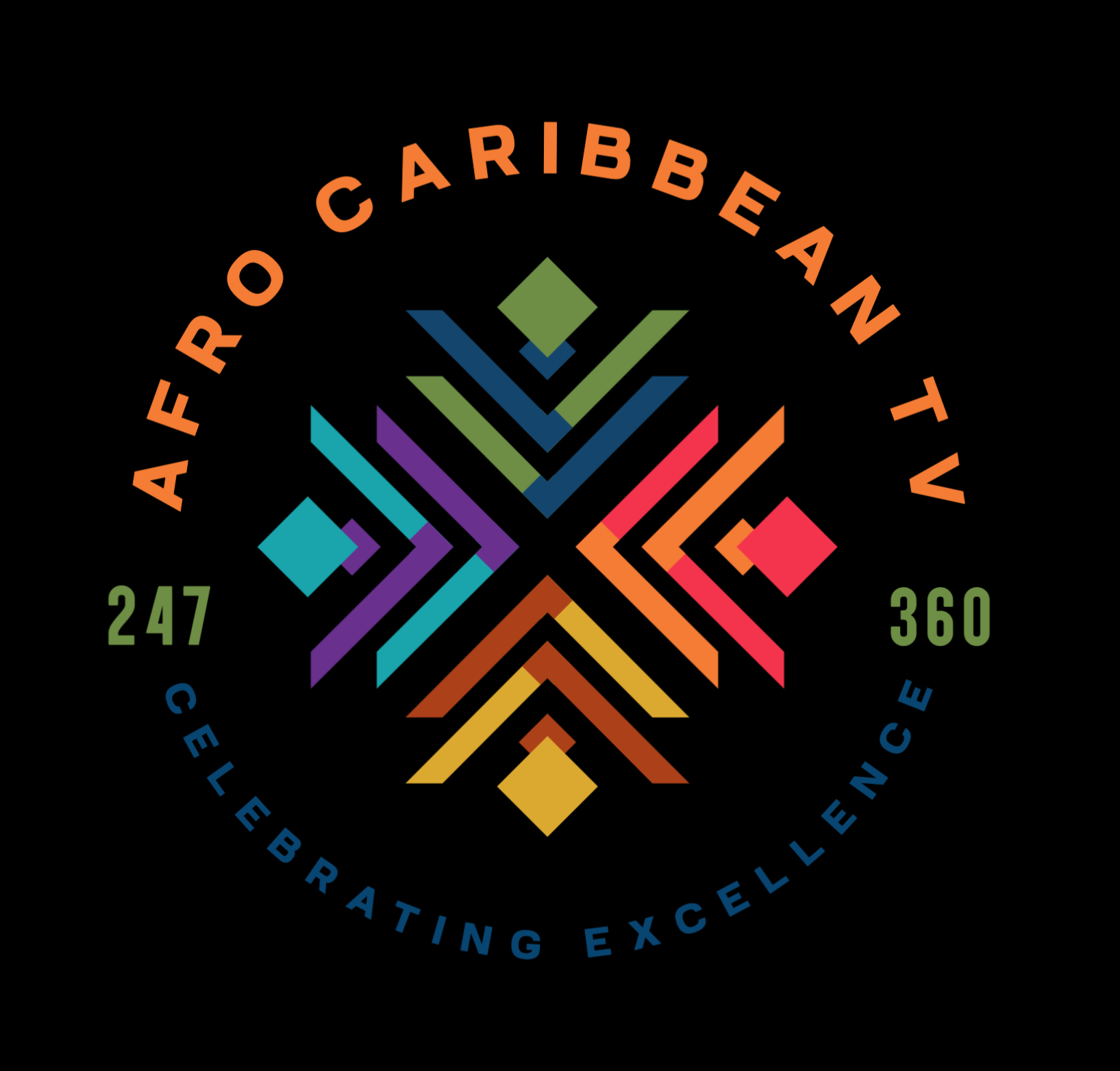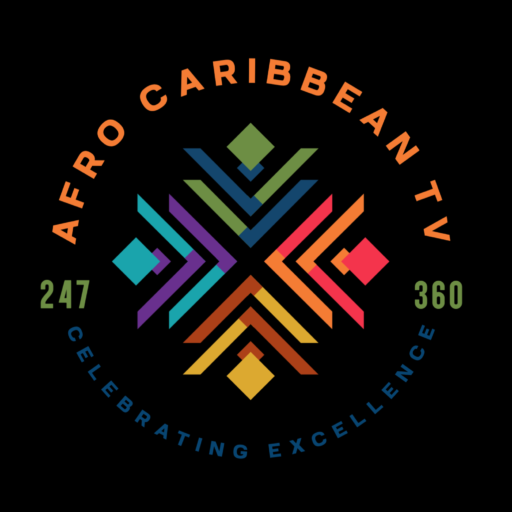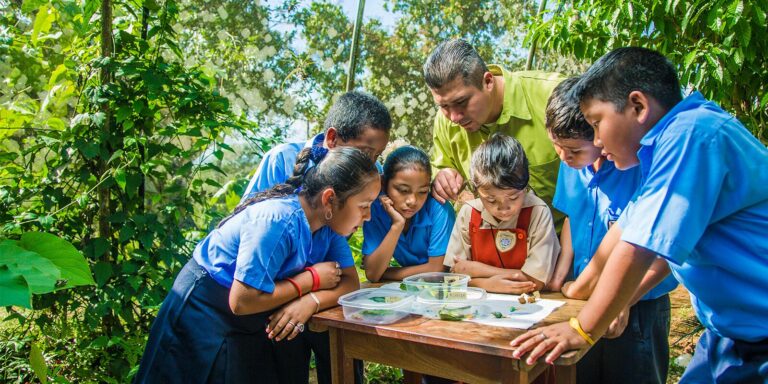Here is an in-depth look at the education system in Belize, which follows a structure influenced by the British model:
Overview of the Education System in Belize
| Feature | Details |
|---|---|
| System Type | British-based education system |
| Language of Instruction | English (official), with Kriol and Spanish also spoken |
| Ministry | Ministry of Education, Culture, Science and Technology |
Structure of Education
1. Pre-Primary (Ages 3–5)
- Also known as preschool or infant school
- Not mandatory, but growing in popularity
- Focuses on early childhood development and basic skills
2. Primary Education (Ages 5–12)
- Compulsory and free in public schools
- Duration: 8 years, divided into:
- Infant I–II (lower primary)
- Standard I–VI (upper primary)
- Students take the Primary School Examination (PSE) at the end of Standard VI
3. Secondary Education (Ages 13–16)
- Duration: 4 years, typically Forms I–IV
- Prepares students for:
- Caribbean Secondary Education Certificate (CSEC) exams by CXC (Caribbean Examinations Council)
- Subjects: English, Math, Sciences, Social Studies, and electives
- Types of schools:
- General secondary
- Vocational/technical schools
4. Post-Secondary / Sixth Form (Ages 17–18)
- Also called junior college or sixth form
- Duration: 2 years
- Prepares students for Caribbean Advanced Proficiency Exams (CAPE) or Associate degrees
- Required for university admission
5. Tertiary Education
- University of Belize (UB) – Main public university
- Galen University, Sacred Heart College, and others
- Programs: Bachelor’s, Associate’s, Diplomas, and Professional Certifications
Vocational & Technical Education
- Offered in some secondary schools and dedicated institutes
- Subjects include carpentry, mechanics, hospitality, ICT, and agriculture
- Institutions: ITVETs (Institutes for Technical and Vocational Education and Training)
Teacher Education
- Teacher training offered at universities and junior colleges
- Teachers must pass licensing exams and hold diplomas or degrees in education
Access & Challenges
Strengths
- Widespread access to basic education
- English-medium instruction
- Government commitment to improving facilities
Challenges
- Limited resources in rural areas
- Dropout rates after primary school
- Cost of secondary and tertiary education
- Need for updated curriculum and teacher development
Private & Religious Schools
- Many schools are church-affiliated (Catholic, Anglican, Methodist)
- Government-assisted but independently managed
- Private schools also available, especially in urban areas



